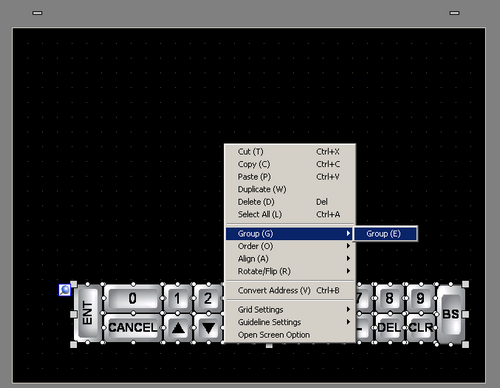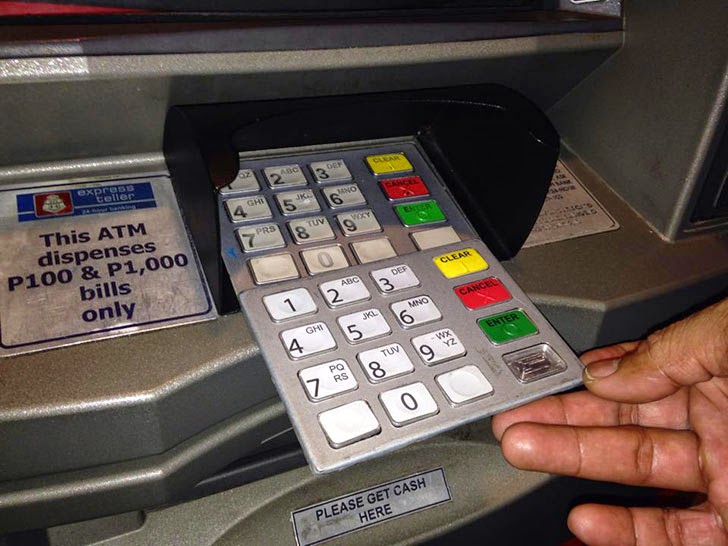

Otherwise, you can just attach wires to it using the method shown in Step 4. Maybe you can do something profound with them. I wish I could tell you something more enlightening about the USB connections on those boards, but I can't.
Chip pin keypad layout mac#
Also, there are Mac USB keyboards that allow you to connect other USB devices to the computer through them.
Chip pin keypad layout trial#
It's so simple to connect, in fact, that you may not even want to bother tracing the plastic sheets and just try to figure out the key combinations by trial and error. If it works, glue the header pins or socket into the socket on the board and you're done. Test it to see if it works by touching a wire on each side together. Once you have a socket or header pins with wires attached, plug it into the socket on the board. What you need to do is get your own socket or set of header pins and solder wires to each connection. Put it in a nice case or put it in a radioshack case. When everything is dry and in place, test the keyboard. If you have a lot of money, just glue the wire to the pin with conductive epoxy very, very, carefully. If the pin is coated with something, scrape off the coating with a razor blade and then solder to it. If the solder won't stick to the pin, scratch the pin with a razor blade a couple of times and try again. Sixteen to twenty hours later or so, you're going to need to solder. Leave it for how ever many hours the epoxy says it needs to sit for for maximum strength.

Prepare some epoxy and cover the back side of the board in epoxy so that the wires are glued in place on the side opposite from the conductive pins. When all of the wires are in place (touching the pins and not touching each other), you're going to need to glue. Make sure none of the wires are touching. Wrap the wire around the board so that the stripped part is touching one and only one of the pins that it needs to be connected to. On one end, bend the stripped part of the wire so that it can hold itself to the board (see picture). Try to use many different colors of wire so you can tell them apart later. They need to be stripped on both ends about a quarter of an inch and should be about five to six inches in length. Once this is done, prepare all of the wires you're going to need. Count the number of pins you need to attach wires to. Quick setting epoxy (from your local Radioshack or Home Depot) Now you need to connect your own mad creations to the boards.īefore you can connect things to the board, you need to connect wires to the board! So, now you know which pins produce which letters. It will help you immensely if you make a similar chart for the keyboard you are working on. Please remember that all keyboards are different. Below is a chart that I made for the particular keyboard I was working on.

One way to simplify the matter is to consider one sheet "SIDE A" and the other "SIDE B". Once you have labeled both plastic sheets with all of the corresponding keys (that you plan to use in your project), the next thing you need to do is to trace the letters back to the circuit board with a Sharpie (see notes on pictures). So, for instance, if you were to press down "A" on the keyboard, label the plastic circle on both sheets of plastic that would be pushed together if the "A" key would strike (see picture of labeled sheets).

What you need to do is to label each conductive circle on both sheets with the letter key that corresponds to it. This completes the circuit and tells the board to send a letter, number or command back to the computer. When you press down on a key, the tracings on both sheets will touch each other. One plastic sheet will have printed conductive tracings that go to one set of pins on the circuit board and the other sheet will have tracings that go to another set of pins on the circuit board. The inside of the case should have two plastic sheets (one on top of the other).


 0 kommentar(er)
0 kommentar(er)
